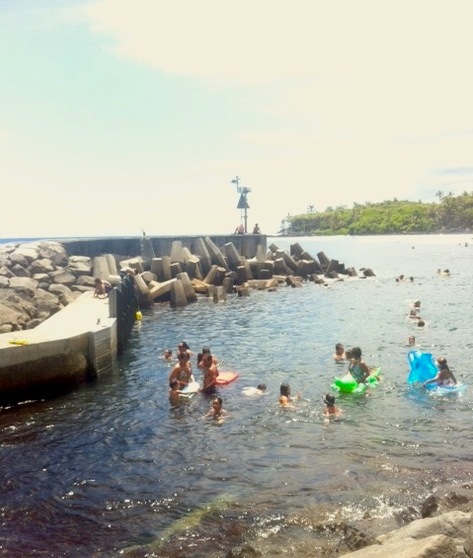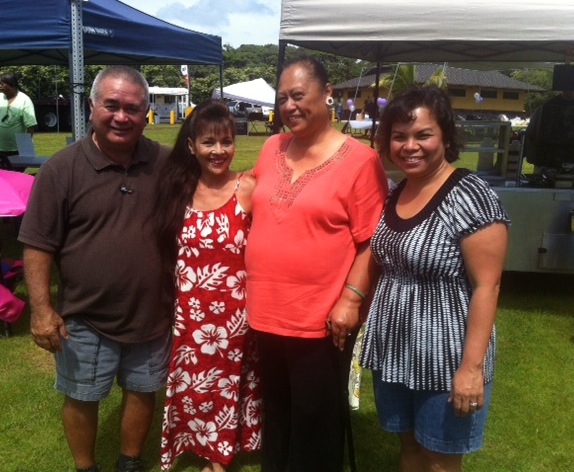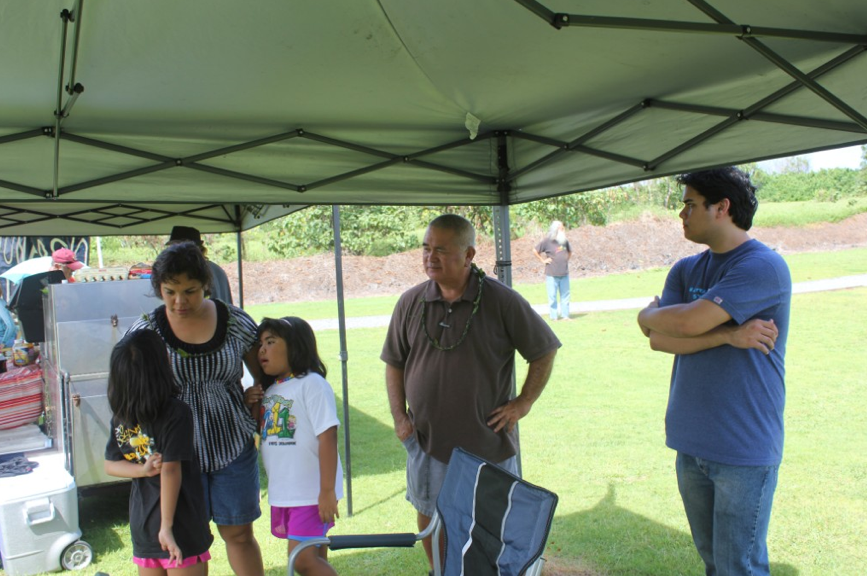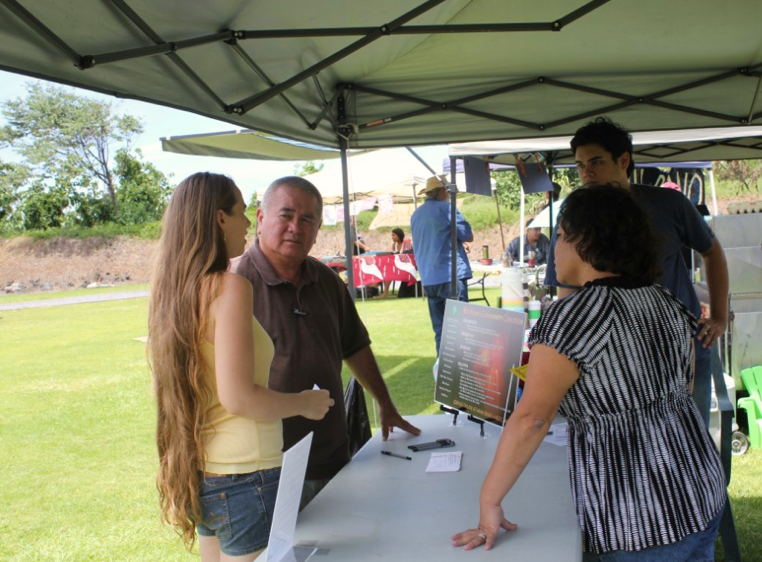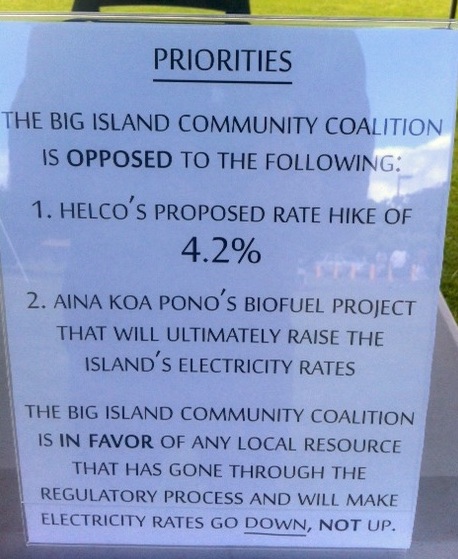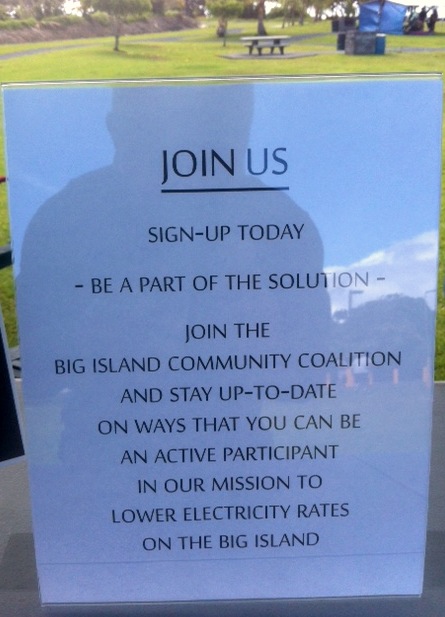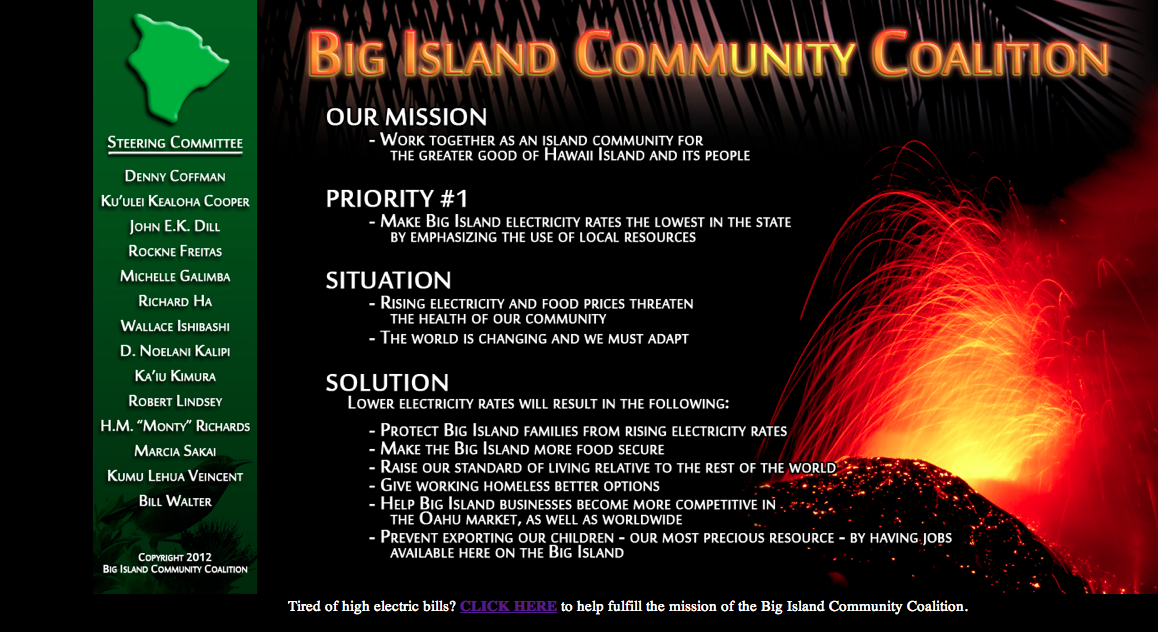Richard Ha writes:
Governor Neil Abercrombie issued a press release yesterday, announcing that Hawaiian Electric Company is withdrawing its rate increase request for the Big Island:
State Reaches Settlement with Hawaiian Electric Company
HONOLULU –As island families and businesses continue to face high energy prices, Gov. Neil Abercrombie today announced a settlement between the State of Hawaii and the Hawaiian Electric Company, Inc. (HECO) that will result in the withdrawal of a rate increase request for Hawaii Island and a significant reduction in taxpayer dollars requested to cover project costs.
Subject to approval by the Public Utilities Commission (PUC), the formal settlement filed with the PUC on Jan. 28 outlines an agreement between the state Department of Commerce and Consumer Affairs’ Division of Consumer Advocacy (DCA) and HECO, including its subsidiaries, Maui Electric Co., Ltd. (MECO) and Hawaii Electric Light Company, Inc. (HELCO), which serve Maui County and Hawaii Island, respectively.
“With high oil prices driving up electricity and other costs throughout our economy, we have to take action to help Hawaii’s families and businesses who are struggling to make ends meet,” Gov. Neil Abercrombie said. “While this settlement will help in the short-term, we remain committed to pursuing long-term solutions toward clean energy alternatives.”
As part of the settlement, HELCO will withdraw its request for a 4.2 percent or $19.8 million rate increase in 2013.
HECO and its subsidiaries will also reduce by $40 million the amount being sought for improvements to two major projects –the 110-megawatt biofuel generating station at Campbell Industrial Park and a new customer information system.
In addition, HECO will also delay filing a 2014 rate case that was originally scheduled to be filed this year under the current regulatory framework for reviewing its rates
DCA Executive Director Jeffrey Ono said: “This settlement will benefit consumers and help reduce the ever-increasing cost of electricity.”
Around five months ago, the steering committee of the Big Island Community Coalition formed, in order to advocate for Big Island rate payers to have the lowest electricity rates in the state.
It submitted this Op Ed to Hawai‘i’s newspaper.
HELCO & YOUR BILL: WHAT’S WRONG WITH THIS PICTURE?
By Noelani Kalipi
Hawaii Electric Light Co. is applying to raise Big Island electricity rates by 4.2 percent — shortly after its parent company announced impressive profits that were 70 percent higher than last year.
What’s wrong with this picture?
…The proposed HELCO rate increase, coming at a time of record profits, does not sit right with us.
We understand the regulatory system, which is rate-based. Our concern is that we continue to see requests for rate increases at the same time that we read about record profits for the utility.
While we understand the fiduciary duty to maximize profits for the shareholders, we believe the utility’s responsibility to the rate payer is just as important. As part of good corporate business, it should benefit both by investing its profits into a sustainable grid.
The Big Island is one of the few places on the planet where we have robust, renewable energy resources that can be harnessed effectively to provide firm, reliable, low cost electricity for our residents.
One example is geothermal, which costs about half the price of oil. We also have solar, wind and hydroelectric. We have resources right here that can both lower our electricity costs and get us off of imported oils.
Lower rates would mean that when the grid needs repairs, or the cost of oil goes up again, it will not be such a punch-in-the-gut to our electric bills.
If HELCO is allowed to raise its rates by the requested 4.2 percent, plus raise rates again via the Aina Koa Pono project, and then the oil price goes up, that would be a triple whammy price hike on your electric bill….
Read the rest here
The steering committee is: Dave De Luz Jr., John E K Dill, Rockne Freitas, Michelle Galimba, Richard Ha, Wallace Ishibashi, Ku‘ulei Kealoha Cooper, D. Noelani Kalipi, Ka‘iu Kimura, Robert Lindsey, H M (Monty) Richards, Marcia Sakai, Kumu Lehua Veincent and William Walter.
Prior to that article, people expected that rising electricity rates were inevitable, and that they could do nothing about it. But the steering committee encouraged people to attend PUC hearings and write letters, and it has made a huge difference.
The Consumer Advocate noticed and told the Hawaii Tribune-Herald that the PUC meetings had some of the largest turnouts that he has seen. He said that if an equivalent number of letters came from O‘ahu, it would take two days just to read them all.
When people attended PUC hearings and wrote letters protesting the rate hikes, the thinking started to change.
Someone who has been reading about our efforts commented that they made him think of these words of Gandhi’s, which are pretty profound.
When we wrote that letter, this change was just a thought. Our thoughts became our actions. And our actions became our habits. Soon, our habits will become our values and our values will become our destiny.
It’s already started.

